Take a look at these outside-the-box VR headsets you've never heard of
Oculus and HTC may grab the headlines, but there are some excellent HMDs available outside of the big two.
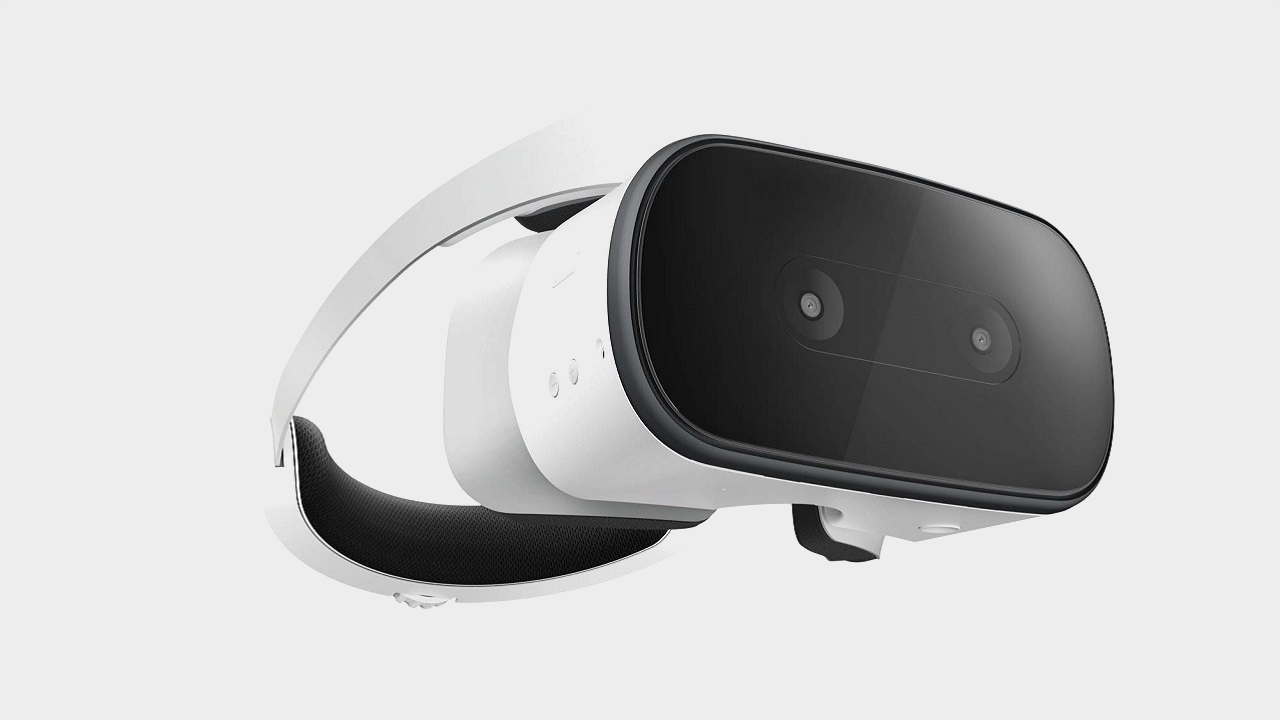
While the world of the best VR headsets is quickly expanding into smartphone-compatible devices and standalone HMDs like the Oculus Quest and Go, this list will focus mainly on tethered headsets that are designed to work alongside a gaming PC. That preamble dispatched with, here are our five favourite lesser-known VR headsets that are doing the most interesting, amazing and offbeat things with their tech.
When looking to buy a VR headset it may feel like choices are limited to one of the big names in virtual reality, between Oculus's many headsets, the HTC Vive brand, Samsung's Odyssey+, or the new Valve Index.
However there are a number of lesser-known brands getting into the space, from new names who've risen from the world of Kickstarter to established tech brands you didn't know made VR headsets. These lesser-known brands are doing interesting things with their HMDs too, whether it's eye tracking to remove the controller altogether, high-quality displays with an incredible FOV, or just packing everything we love about VR into a neater, more affordable package.
Pimax 5K Plus
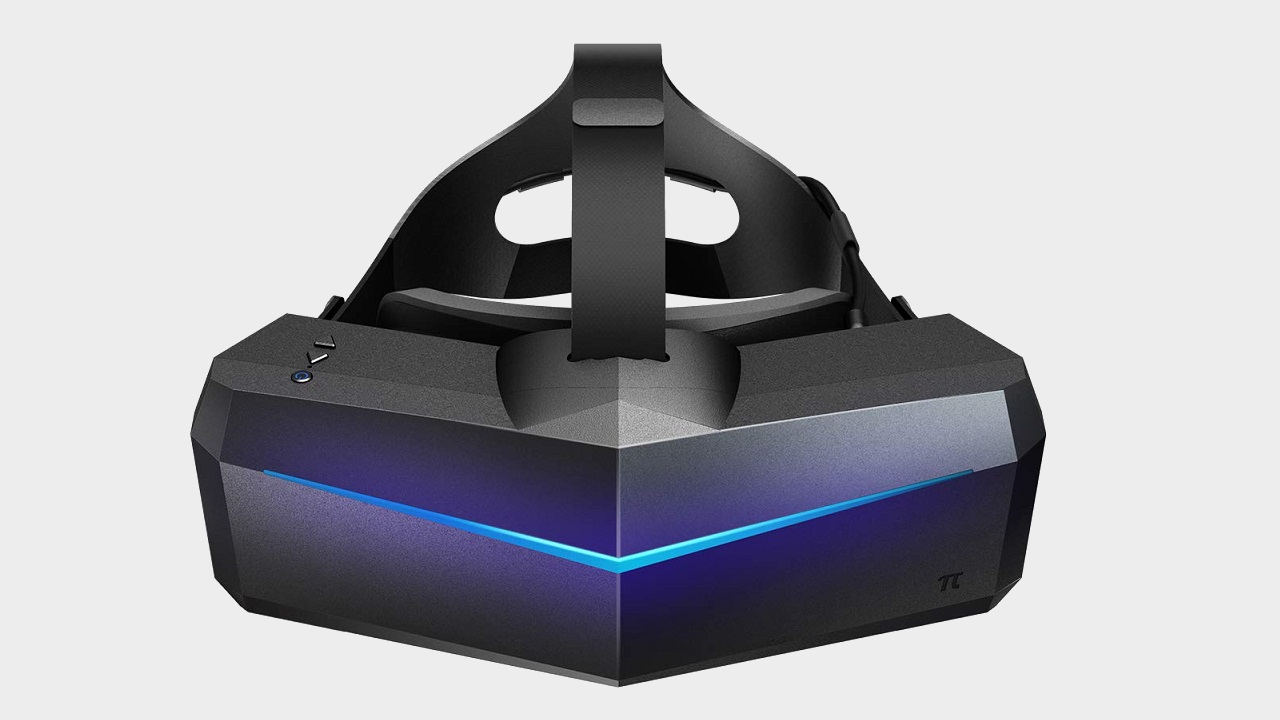
FOV: 200 degrees
Resolution: 5120x1440
Refresh Rate: 90Hz
Weight: 470g
Pimax is one of the bigger outliers in the VR world, and one that's of special interest to gamers with its focus on a wide FOV and high visual quality. The ultra-wide display of the Pimax 5K Plus gives a diagonal FOV of 200 degrees, the widest of any existing HMD to date, to more accurately simulate peripheral vision within VR. The headset is correspondingly huge to accommodate that wide FOV, but surprisingly light for its size.
The so-called 5K display comes from two 2560x1440 panels, combining for a total resolution of 5120x1440 pixels, though the panels are a bespoke LCD called custom low persistence liquid (CLCD) rather than OLED. There's little artifacting or ghosting, but color accuracy suffers as a result. Pimax does make a premium version of the 5K Plus called the XR (formerly the BE, for business edition) that features OLED displays, but it's correspondingly more expensive—$899 compared to the $699 retail for the 5K Plus.
The Pimax 5K Plus is a good option for experienced VR gamers or hardware enthusiasts, as setting it up is a lot more difficult than most consumer HMDs. It's also generally sold as a headset only, meaning you'll have to supply your own controllers and other hardware.
Pimax sells its own controllers, though the headset is also compatible with existing SteamVR lighthouse trackers and controllers for those who have an existing setup. Software-wise, it's compatible with both SteamVR and Oculus' VR platform, giving you access to a broad range of games.
Keep up to date with the most important stories and the best deals, as picked by the PC Gamer team.
HP Windows Mixed Reality Headset
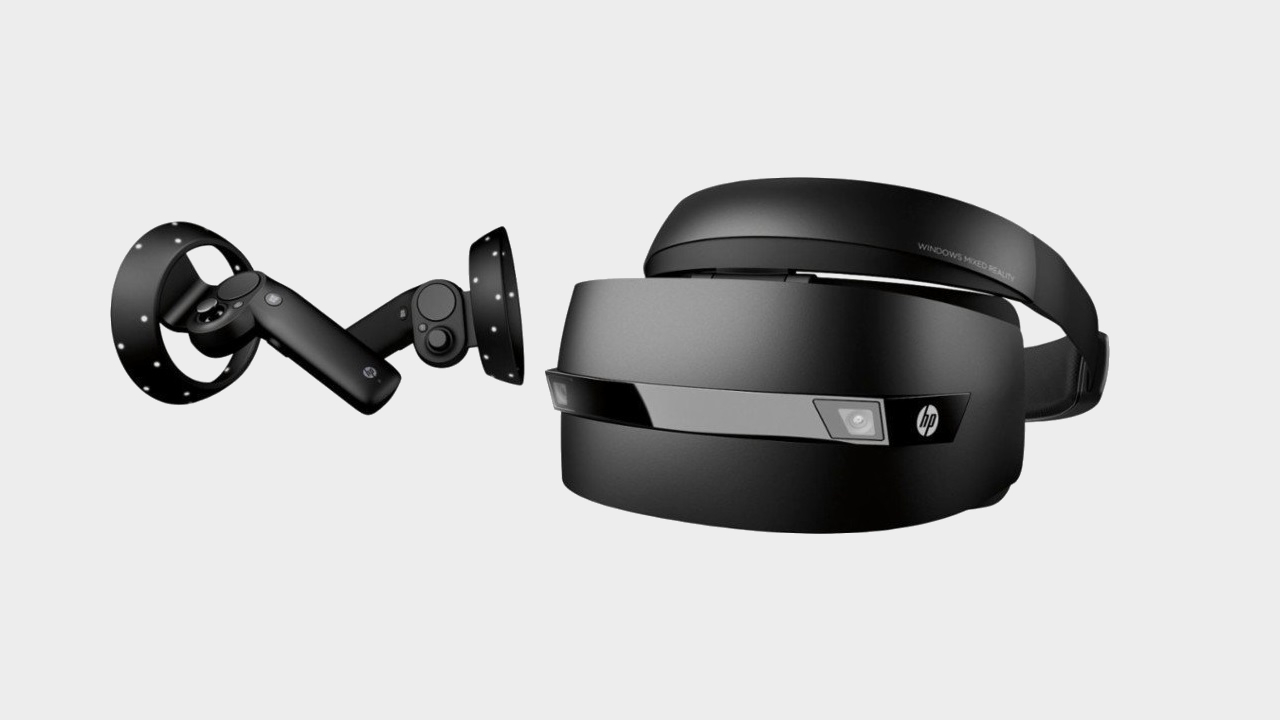
FOV: 95 degrees
Resolution: 2880x1440
Refresh Rate: 90Hz
Weight: 834g
Like the popular Samsung Odyssey+, HP's HMD is one of many VR headsets operating on the Windows Mixed Reality platform. Through Microsoft's mixed reality ecosystem, the HP headset has access to a library of games on Windows 10, everything on SteamVR, and it's now supported by HTC's Viveport for access to an impressive number of titles.
HP's device isn't the best headset of the many WMR options, but it is a good value for the money. Added to its simple set-up process, the HP WMR headset is a great entry-level HMD for PC gaming. While the visual quality isn't as good as many of the high-end headsets, the build quality is solid and the headset is comfortable even for extended wear.
The biggest drawback of HP's original VR headset (compared to the more recently launched, enterprise-focused Reverb HMD) is that Microsoft has slowly been withdrawing support for the WMR platform, meaning an uncertain future for its hardware. The HP HMD is no longer available from either HP or the Windows Store, however you can still find it at a good price on Amazon, if you're looking for solid VR at an accessible price point.
Lenovo Mirage Solo
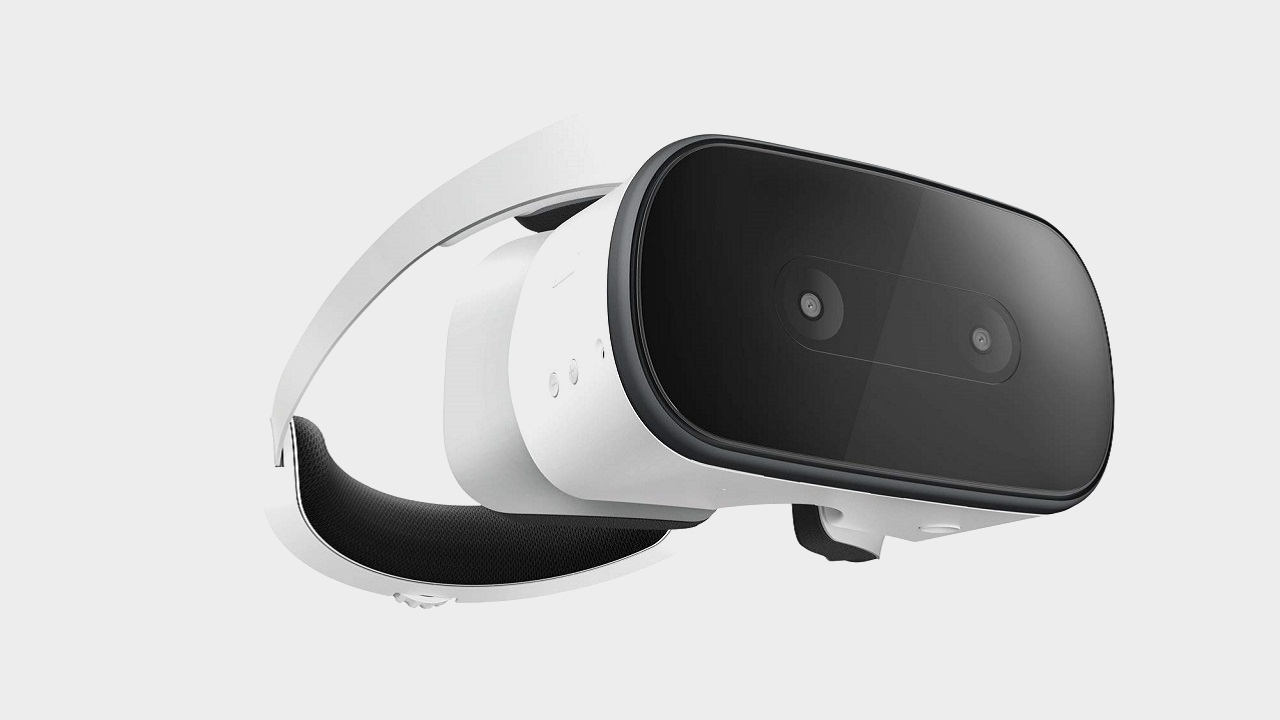
FOV: 110 degrees
Resolution: 2560 x 1440
Refresh Rate: 75Hz
Weight: 645g
When it comes to headsets doing interesting things with new technology, the Mirage Solo is at the forefront - though it may still be a little too experimental to be worth buying for most consumers, especially for gamers.
The Lenovo Mirage Solo is the first standalone HMD on Google's Daydream platform, and the first to use its inside-out WorldSense tracking technology. WorldSense uses cameras on the outside of the headset to position it in space by tracking the features of the room around it without any external lighthouses or sensors. The wireless headset promises PC-quality tracking without the need to be tethered, and also has a 110 degree FOV that stands up well against competitors.
The biggest problem with the Mirage Solo is its software. It's limited to the Google Daydream ecosystem, though with a bit of fiddling you can get it to run SteamVR games through apps like Steam Link or Trinus VR.
Veer Falcon
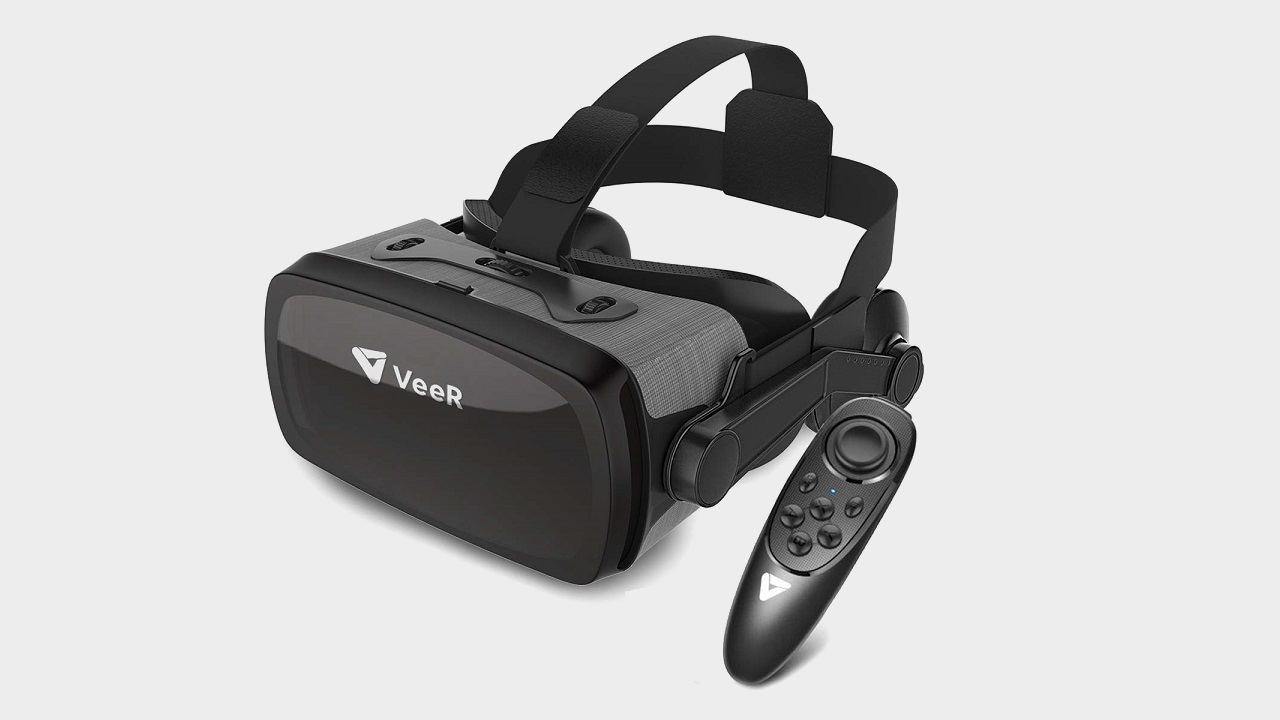
FOV: 100-110 degrees
Resolution: Variable
Refresh Rate: Variable
Weight: 703g
Unlike the other HMDs listed here, the Veer Falcon is a mobile headset, designed to use your mobile phone as the display. As such it's a low-cost option for those who might want to play around with VR on a budget before investing in a headset that costs a few hundred dollars.
The Falcon offers a little more than most mobile headsets (which can be as simple as the strapless Google Cardboard), with a fabric-based exterior and inbuilt headphones. It also comes with a controller, though you shouldn't expect this to work with all apps.
Like all phone-based headsets, the Falcon (paired with a compatible Android phone) will give you access to Google's mobile VR platform, as well as Veer's own VR app. You can even use a phone-based headset to play SteamVR and Oculus games through RiftCat's VRidge software. https://riftcat.com/vridge
The downside, like with other mobile headsets, is always going to be the quality. You shouldn't expect the same kind of quality as you would get from an Oculus or Vive HMD if you choose this option.
Varjo VR-1
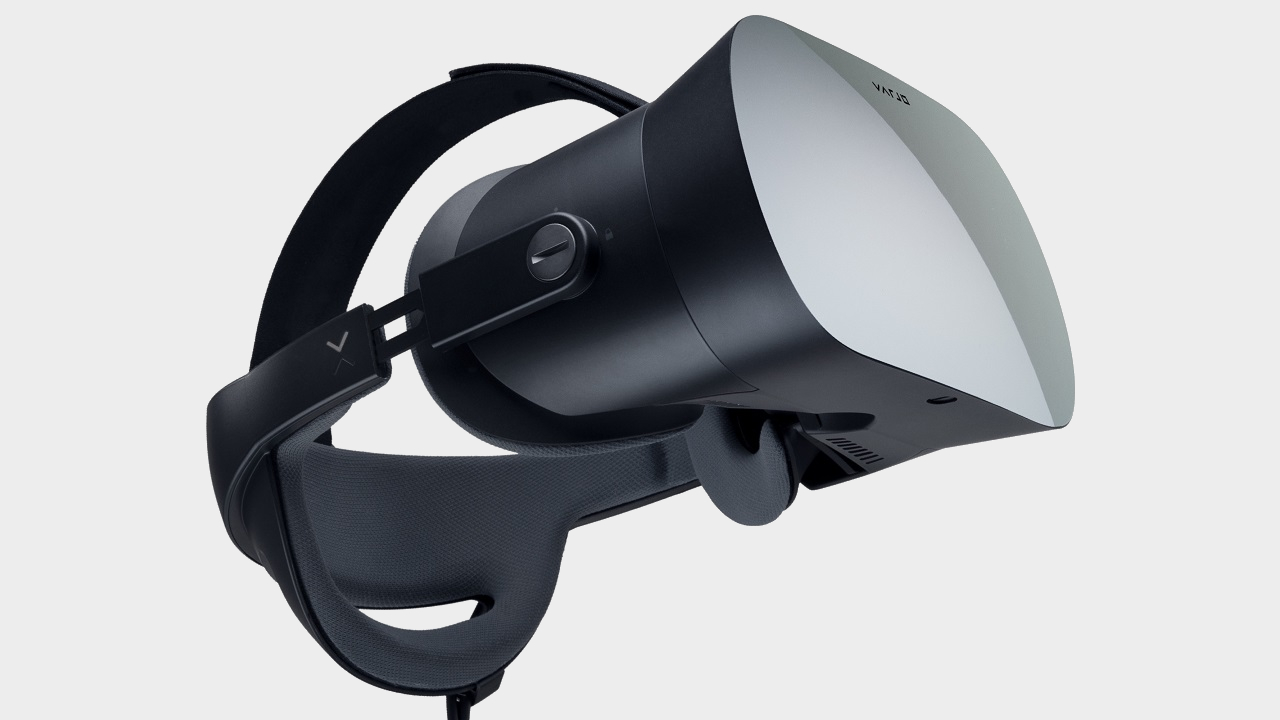
Resolution: 1920x1080, 2880x1600
FOV: 87 degrees
Weight: 605g
Refresh Rate: 90Hz
Varjo bills the VR-1 as the first with 'human-eye resolution', targeted at design-based industries, or training simulators that require high visual accuracy. While we probably won't be gaming on the VR-1 any time soon (despite its compatibility with SteamVR hardware and presumably software), we can still dream.
The Varjo has an interesting approach to its VR display, combining separate panels for improved visual quality. The central field of view, which Varjo calls the Focus Screen, uses two 1920 x 1080 micro-OLED displays with a resolution of 3000 PPI that is designed to match the quality of images seen by the human eye. Two more 1440x1600 AMOLED panels make up the Context Screen, the broader view that provides more average quality pictures for the wearer's peripheral vision. The sacrifice the VR-1 makes for this visual quality is the FOV, however, at only 87 degrees.
The other feature the VR-1 offers that sets it apart from the rest is its eye tracking capability, one of the first headsets to use this feature until the Vive Pro Eye came onto the market earlier this year. While it hasn't yet been seen on any consumer headsets beyond the failed Fove, eye-tracking offers an advanced and interesting control scheme beyond what external controllers currently offer.


